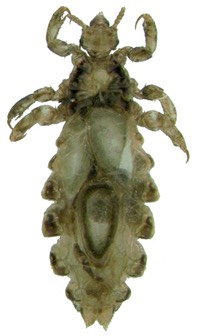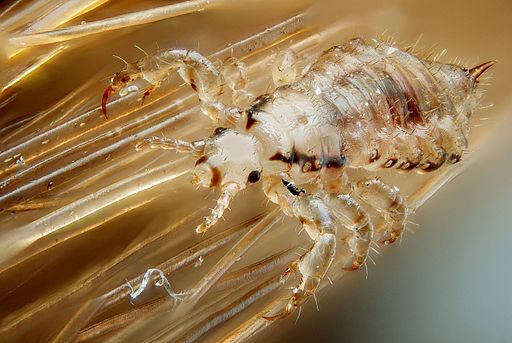Head lice rarely cause direct harm, and they are not known to transmit infectious agents. Thus, they should not be considered as a medical or a public health problem. Head lice may occasionally be burdensome because of annoyance; their movements and reactions to their bites may cause itching and loss of sleep. The louse’s saliva and feces may sensitize people to their bites, thereby exacerbating the irritation and increasing the chance of secondary infection from excessive scratching. The allergic reactions to the louse’s saliva tend to be minor and transient. Most infestations of head lice begin without out any symptoms, may then become noticeable (manifested by itching) after some weeks, but then become almost ‘silent’ again after another month or two. A person with a chronic infestation of head lice may not suffer any more irritation or itching than would a person who is without head lice.
The greatest harm associated with head lice results from the well-intentioned but misguided use of caustic or toxic substances to eliminate the lice. A few lice on the head should not cause alarm; rather, they present an opportunity for parents to spend the needed time with their children to find and remove or treat the offending insects. Grooming can be an effective method to remove lice, and engenders several associated physiological and behavioral benefits as well. Because of unfounded fears, some parents have suggested that children refrain from sharing protective batting or biking helmets. The miniscule risk of acquiring lice from such devices pales in comparison to the hazards averted by wearing helmets.


